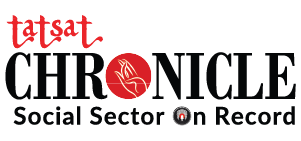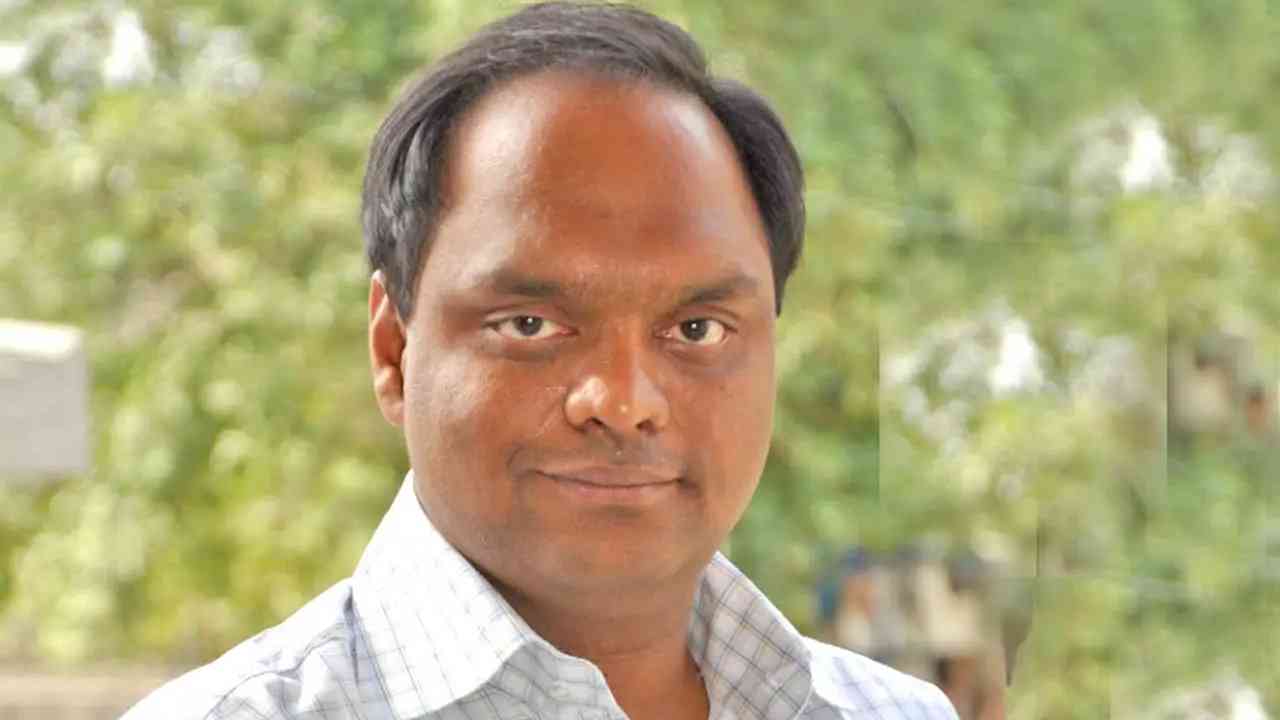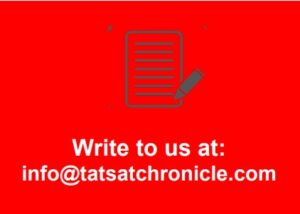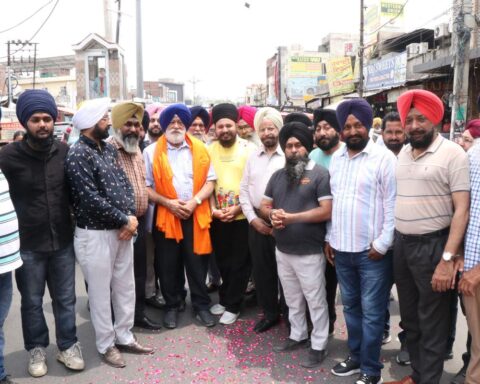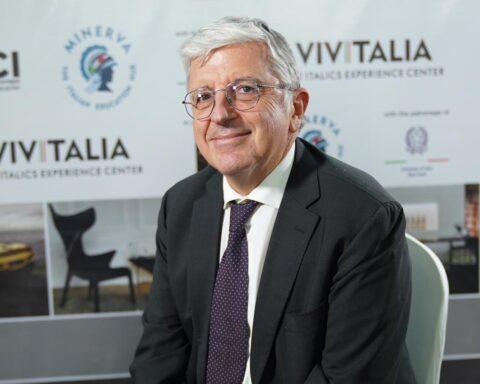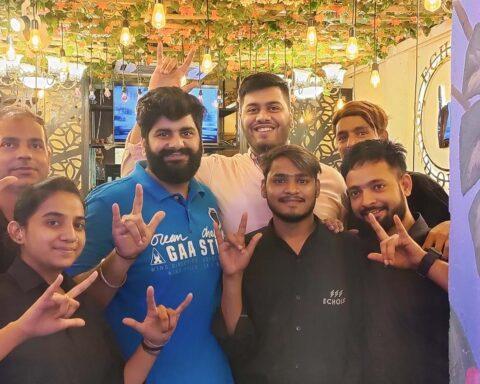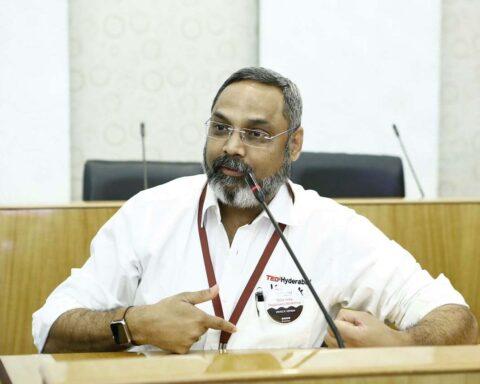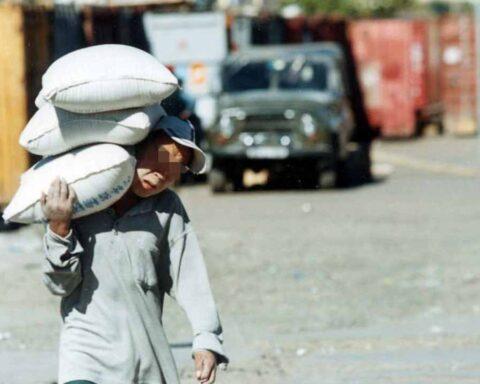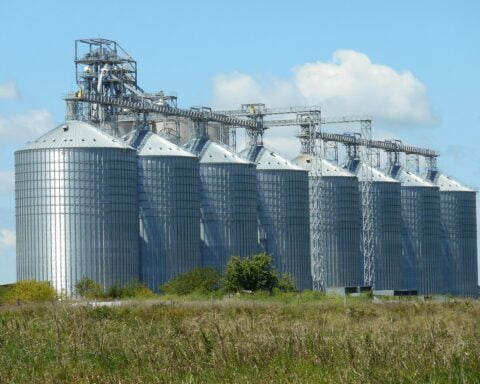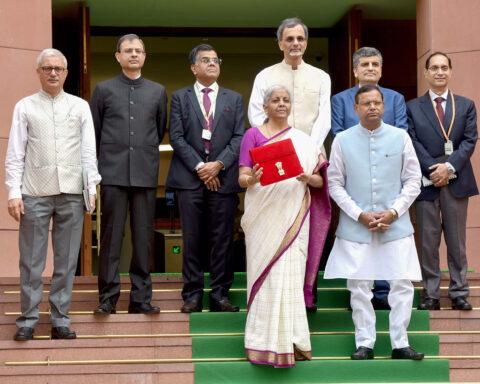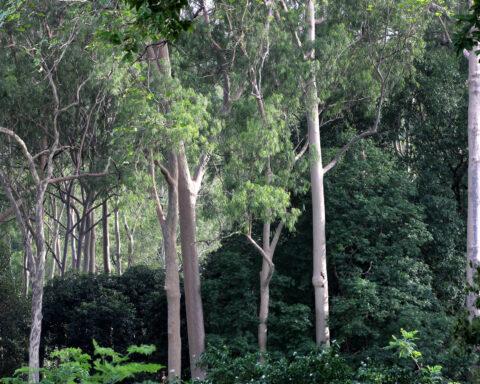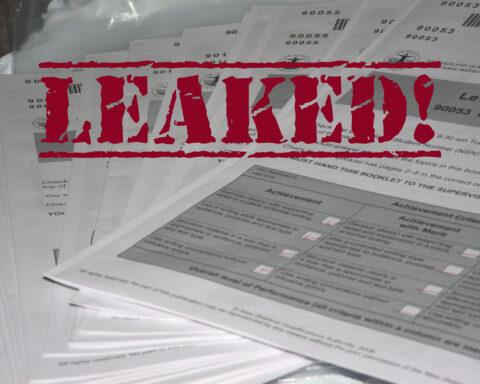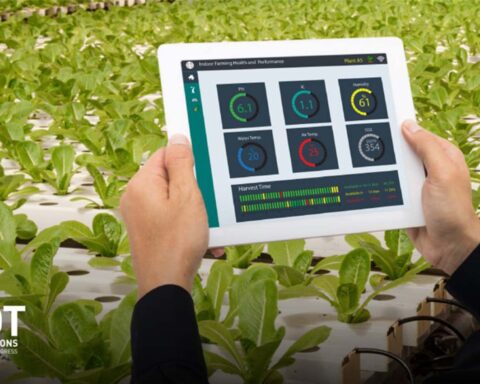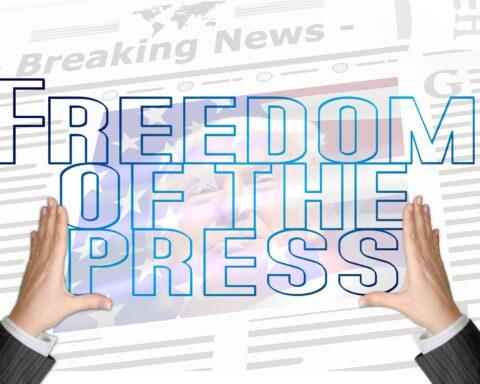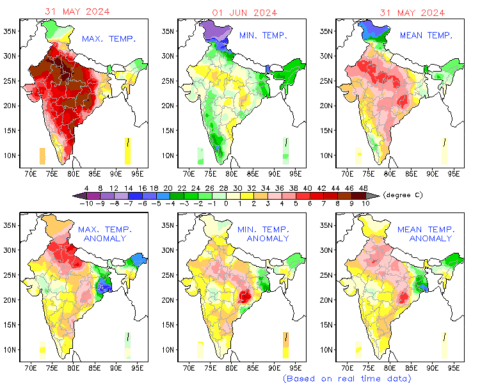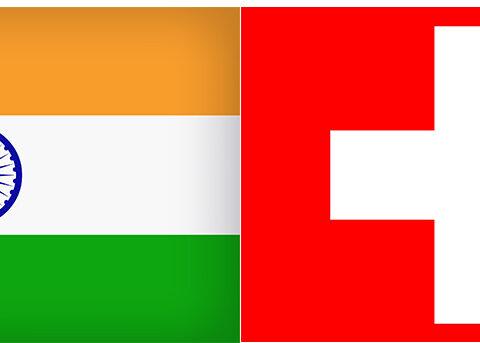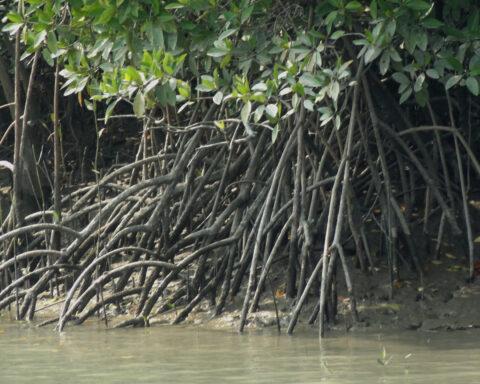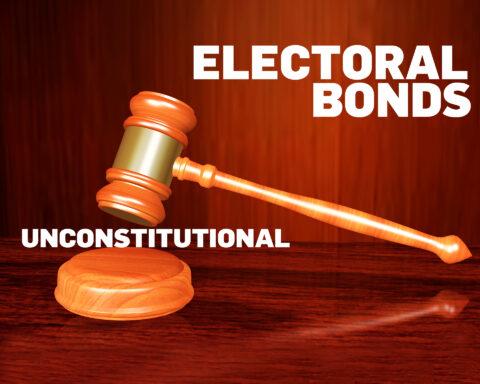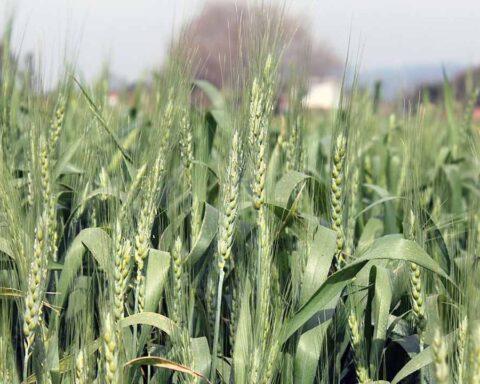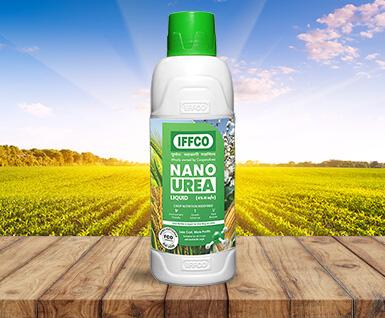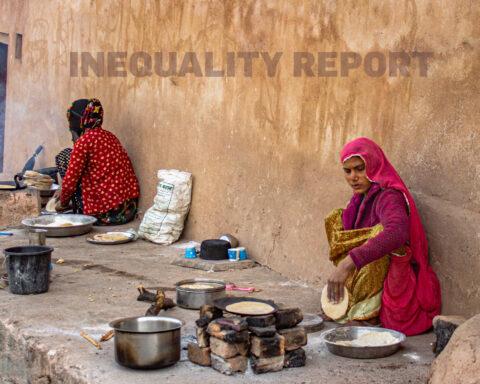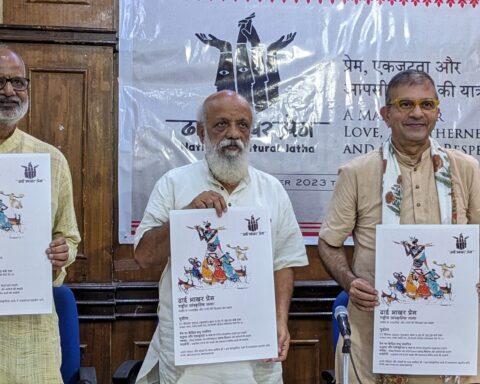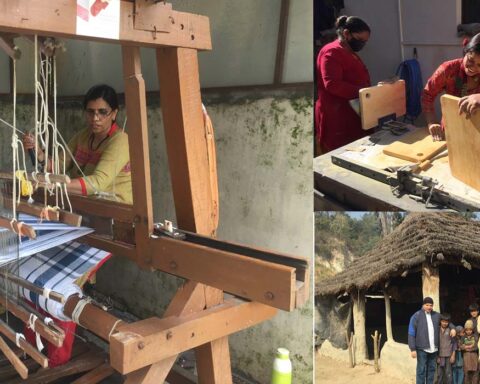What led to the creation of Attero?
Attero started as an electronic waste (e-waste) recycling company with the idea of scientifically recycling all e-waste in India — from collecting it properly to recycling and extracting all metals and putting them back in the circular economy value chain. The company was founded in 2008 to rethink, redesign, restore and reuse materials from electronics and lithium-ion batteries. Today, we are the largest e-waste recycling company in India. We recycle all kinds of goods that work on electricity and electronics, like end-of-life television sets, refrigerators, laptops, computers, and others. We extract pure gold, silver, tin, copper, and aluminium from these machines by using recycling technologies developed in India and patented globally. We have roughly nine-plus global patents on e-waste recycling technologies. The patents are in India, the US, Europe, China, and other parts of Asia, and the metals that we extract are sold back in the circular economy in India.
How big is the e-waste problem in India? How much of it is recycled by Attero?
Most electronic commodities have a short lifespan and are discarded after use and contribute around 2.5 million tonnes of e-waste every year. Estimates say that by 2030, e-waste generation could shoot up to 74.7 million tonnes, posing the risk of exposure to toxic metals for humans and nature, in general.
